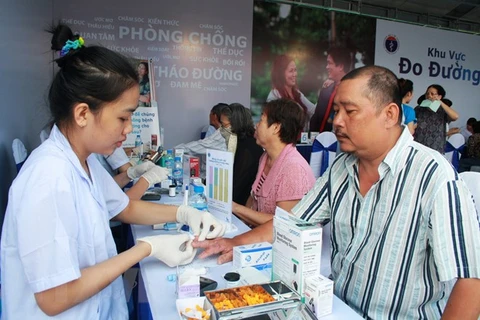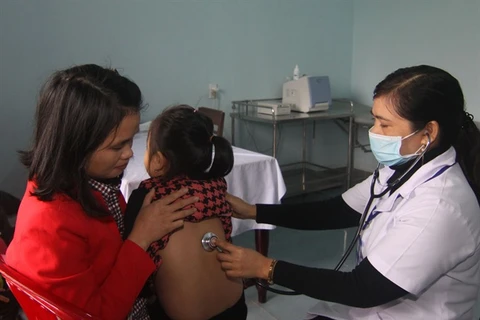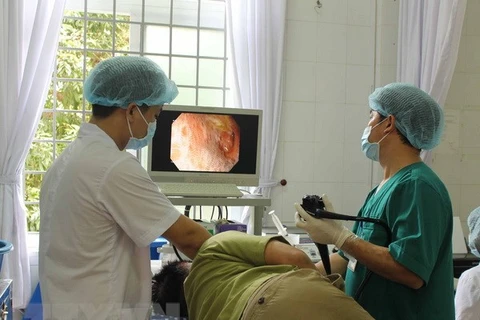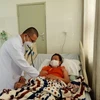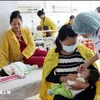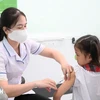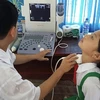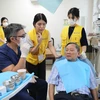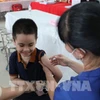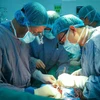Hanoi (VNA) – Diagnosis and management of outpatient treatment of non-communicable diseases like hypertension at commune-level health stations will be the focus of the Project on Strengthening Management of Hypertension and Diabetes at Commune Health Station and Communication on Salt Use Reduction.
The project was launched at a workshop held by the Ministry of Health’s General Department of Preventive Medicine (GDPM) in Hanoi on July 17.
Also, the project will give due attention to giving consultations to obesity and pre-diabetes patients as well as enhance communication works to raise public awareness of daily salt intake.
A report conducted by the GDPM and the World Health Organisation (WHO) in 2015 showed that one in five Vietnamese adults has high blood pressure and one in 25 gets diabetes. However, only 14 percent of hypertension patients, and 29 percent of diabetes patients were under treatment at medical stations.
According to GDPM Deputy Director Truong Dinh Bac, cardiovascular is the most common non-infectious disease in Vietnam, which leads to 30 percent of deaths nationwide.
He said that high blood pressure and diabetes are the major cause of cardiovascular, and too much salt intake could increase diabetes and hypertension risks.
Each Vietnamese person consumes up to 9.4 grammes of salt a day, nearly doubling the level recommended by the WHO which is under 5 grammes per day.
At the workshop, the WHO representative in Vietnam affirmed that the organisation has supported Vietnam in reducing burden of non-communicable diseases. Regarding cardiovascular, the WHO and the Ministry of Health has piloted the hypertension and diabetes management models at coummune-level medical stations.
The WHO has also given assistance in building a national action plan on communications on salt use reduction during 2018-2025.
It has worked to improve capacity of commune-level medical stations in 11 provinces in hypertension and diabetes treatment and management. In the second phase, the project will back 10 more localities.-VNA
VNA

